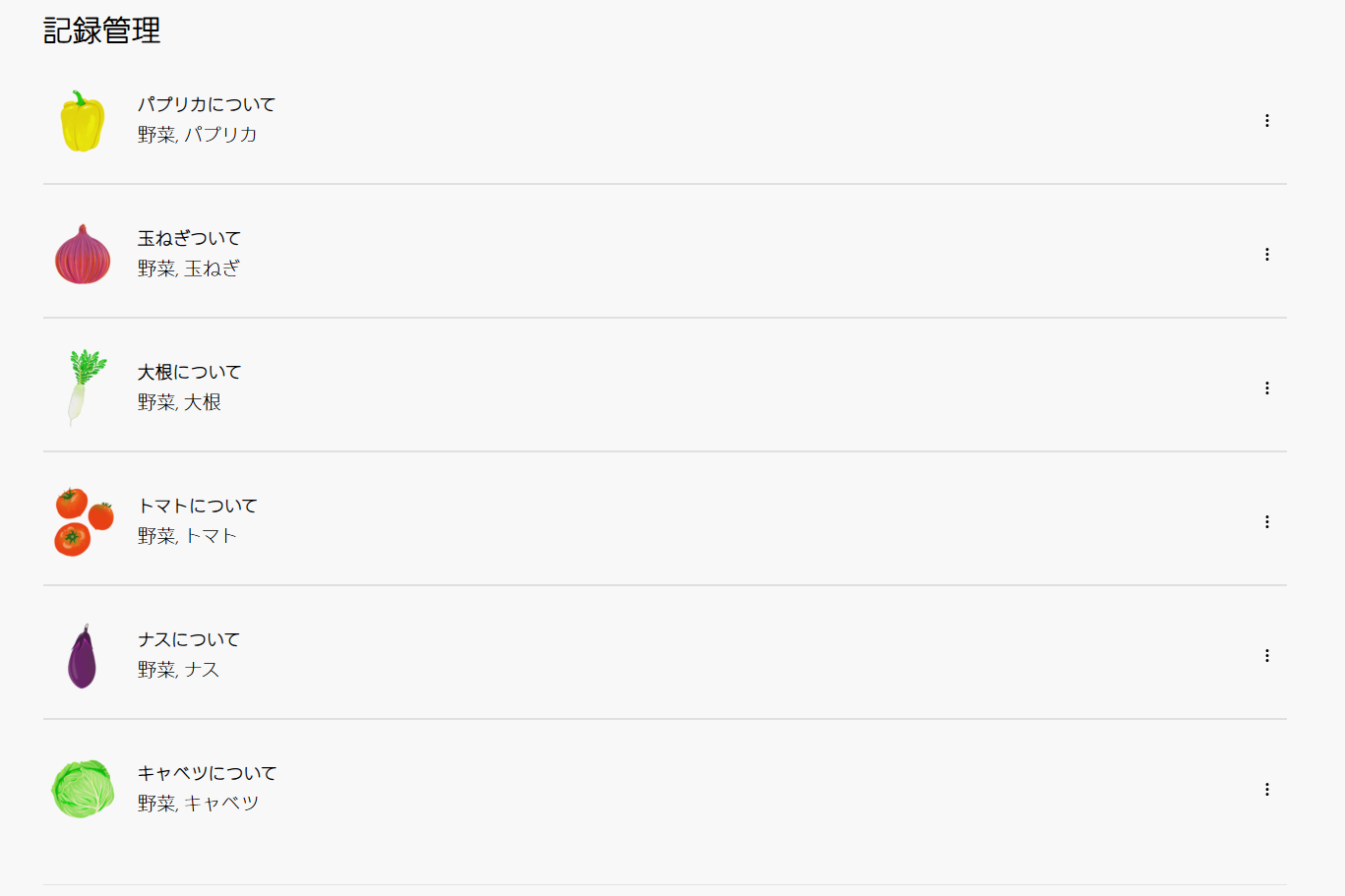01
Questing
スマートな検索
リアルタイムの全文検索とタグ管理で必要な情報を瞬時に見つけ出せます。ノートやアイデアを効率的に整理し、関連性のある内容を簡単に紐付けることで、思考をクリアに整理整頓しましょう。

スマートな検索
リアルタイムの全文検索とタグ管理で必要な情報を瞬時に見つけ出せます。ノートやアイデアを効率的に整理し、関連性のある内容を簡単に紐付けることで、思考をクリアに整理整頓しましょう。

安心のプライベート空間
保存されるコンテンツが他のユーザーに公開されることはありません。自身と向き合い、思うままに正直な内容を記録できます。他の誰かからの影響を受けず、純粋な思考の記録に集中できる環境を提供します。

直感的な操作体験と高速な表示
ブロック形式のエディタで、シンプルかつ柔軟に文章を作成。画像も簡単に追加でき、アイデアを視覚的に表現できます。画像は自動で適切に圧縮されることで閲覧時の表示パフォーマンスを最適化し、快適な閲覧体験を実現します。
